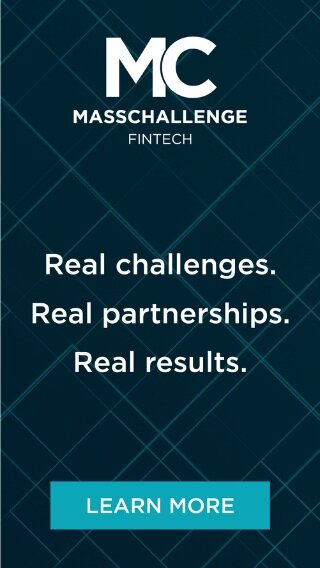What open banking means for fintech product development
/The Consumer Financial Protection Bureau (CFPB) has made clear that open banking—or some variation thereof—is on the horizon. At 2022’s Money 20/20 conference, CFPB Director Rohit Chopra said new rules would require banks and financial institutions to: set up data sharing infrastructure for transaction amounts and other core information; open access to consumer data with the consumer’s approval; and widen control of banking data and products to more firms.
“While not explicitly an open banking or open finance rule, the rule will move us closer to it, by obligating financial institutions to share consumer data upon consumer request, empowering people to break up with banks that provide bad service, and unleashing more market competition,” Chopra said. “If successful, it will also reduce the ability for incumbents to build moats and for middlemen to serve as gatekeepers.”
With those regulatory changes impending, what can fintechs do to build out their products in open banking-friendly ways?
APIs everywhere
With the need to share data with other fintechs and financial institutions upon request by a consumer, banking institutions will need to establish secure and reliable channels for data transfer and integration.
APIs will no doubt function as a core of this new ecosystem, potentially boosting demand for API-based solutions—especially among more old-school banking providers—as well as the talent maintaining these products. Backend engineers with experience in fintech may be in high demand, driving up the cost of building out open banking-compliant infrastructure. Locking in talent before that demand wave surges may help mitigate the cost of a product-development transition.
Data security
With consumer data open to API calls rather than siloed within a network (or even managed entirely offline) comes the risk of cybersecurity threats. APIs present an opportunity for openness, but also vulnerability. Fintech product teams will have to build for security in addition to compliance, ensuring that open banking presents a step forward, not backward, for consumer security.
But easier said than done with limited resources and bandwidth. The CFPB hopes to do away with screen scraping as a data-collection tool, making APIs the norm. Small banks and fintechs have asked the CFPB to institute its screen-scraping ban slowly, though, to ensure that they conform to the regulator’s expectations in time.
“Standards implementation by different market participants should reflect industry progression at a reasonable cost or no cost, so as not to leave community banks at a disadvantage from any asymmetry of capabilities and resources,” the Independent Community Bankers of America said.
New UX
Open banking won’t just affect backend piping. It can also fundamentally alter the controls consumers have over their financial products and experiences. Entirely new user journeys will emerge, such as when consumers request importing data into new banking experiences, or export data from banks they’re leaving behind. Ensuring that these new processes are intuitive will require savvy front-end work, in addition to thoughtful, innovative UX researchers and product designers.






